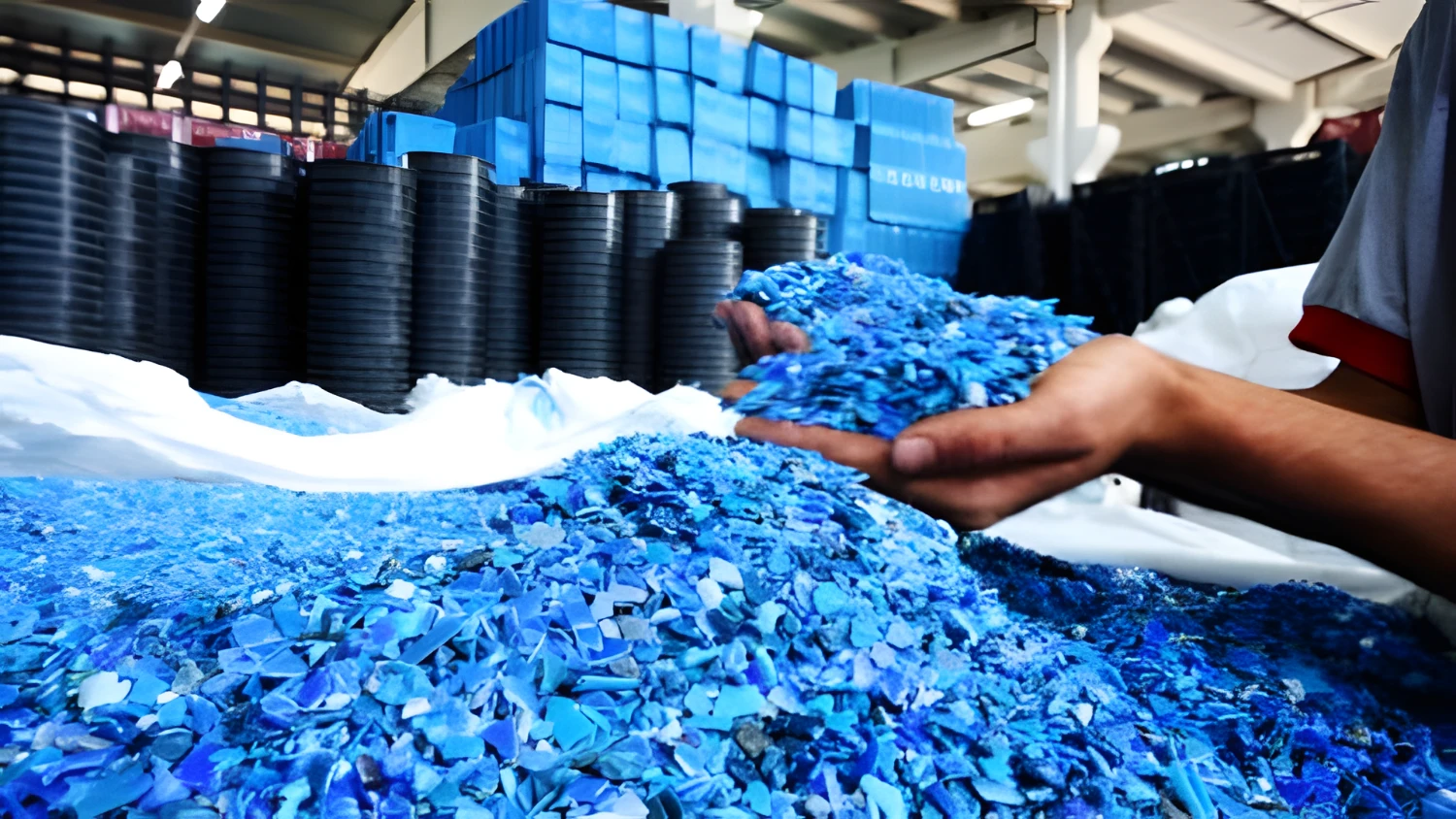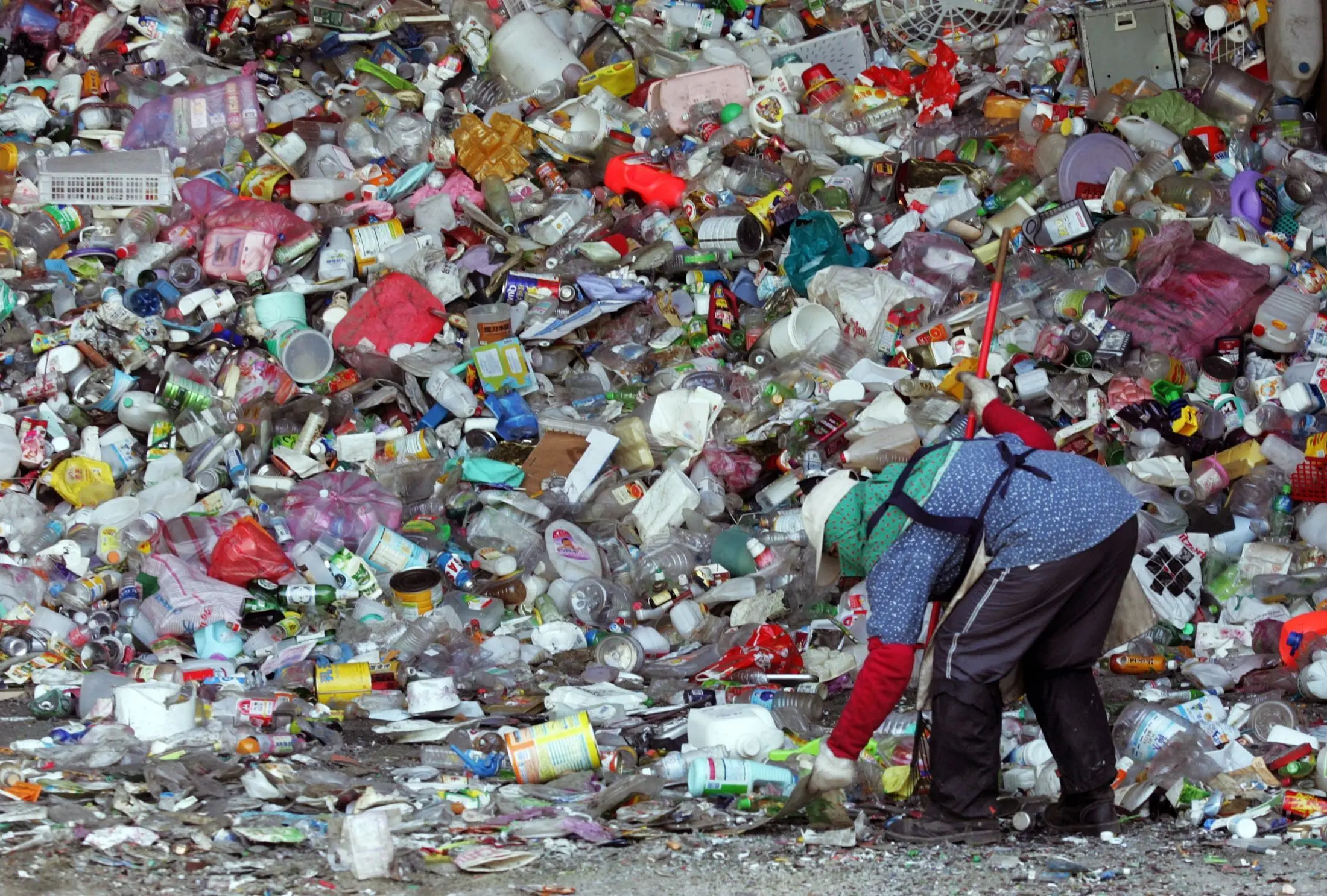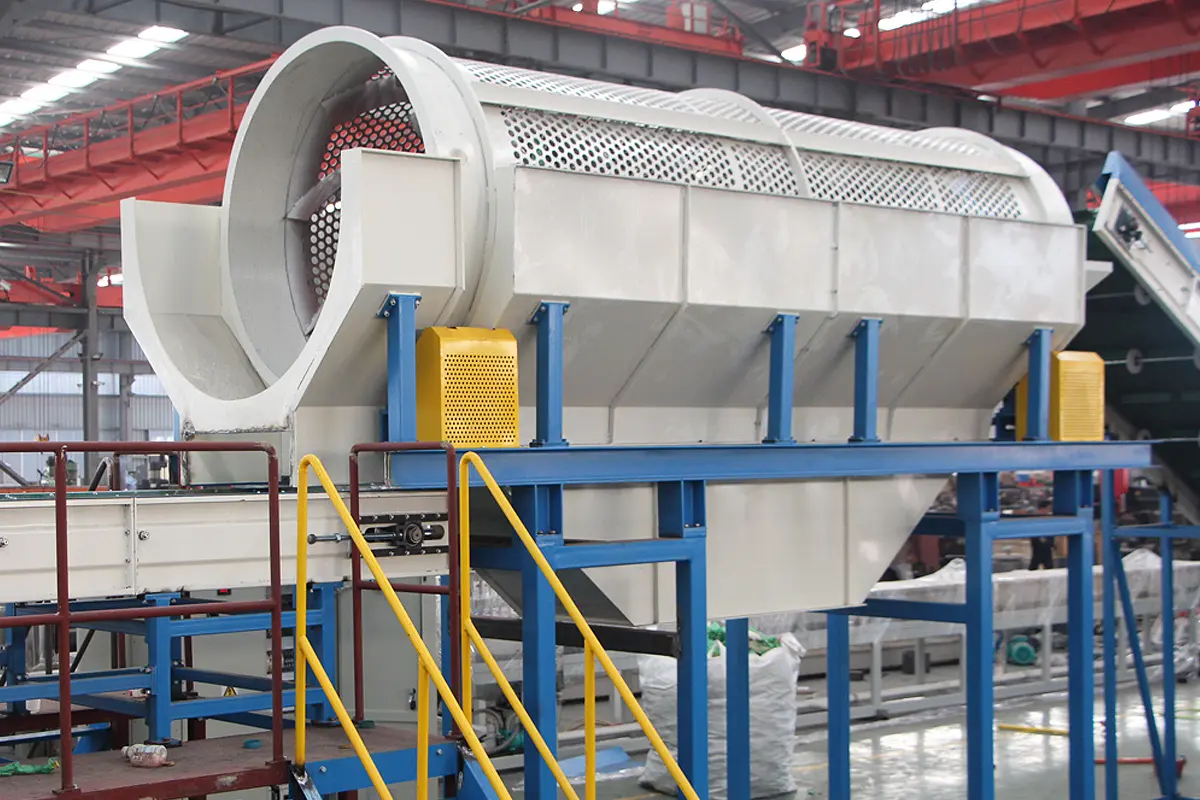Introduction :
Débloquez le plein potentiel de vos applications industrielles avec Rumtoo, un fabricant chinois de premier plan connu pour nos extrudeuses à double vis en rotation. Notre expérience extensive et notre technologie innovante répondent à divers secteurs, notamment les plastiques, les produits chimiques et la production alimentaire.
Pourquoi choisir les extrudeuses à double vis de Rumtoo ?
1. Applications polyvalentes :
Nos extrudeuses à double vis excellent dans divers secteurs tels que les plastiques, les produits chimiques, le compoundage, les revêtements en poudre, les industries alimentaires et les composites bois-plastique. Cette polyvalence repousse les limites de la production et de l’innovation.
2. Caractéristiques techniques avancées :
- Conception modulaire : Nos vis et cylindres suivent un principe de construction par blocs, permettant une personnalisation et des mises à niveau faciles.
- Série haute performance : Notre série RTM va de modèles de 20mm à 200mm, chacun avec différentes vitesses de rotation et classes de couple pour répondre à vos besoins de production spécifiques.
- Unités de plastification et de compoundage améliorées : Avec des éléments de vis étroitement imbriqués pour un auto-nettoyage supérieur et une interchangeabilité, nos extrudeuses garantissent une performance et une flexibilité optimales.
3. Système de transmission de puissance exceptionnel :
Expérimentez une fiabilité sans précédent avec notre système avancé de distribution de couple. Nos extrudeuses présentent un meulage précis des dents d’engrenage durcies, des roulements de haute qualité importés et un système de lubrification intégré pour augmenter la durabilité et les performances.
4. Construction en matériaux de première qualité :
Les extrudeuses Rumtoo sont construites avec des matériaux de haute qualité pour diverses exigences de processus. Chaque unité est assemblée sur une base de soudage robuste avec des patins de réglage spéciaux et des couvertures en acier inoxydable pour une conservation optimale de la chaleur.
5. Technologie innovante de changement d’écran :
Choisissez parmi une gamme de changeurs d’écran, y compris des modèles à panier, à plaque et continus, pour des opérations ininterrompues.

Spécifications du produit :
Modèle
Diamètre(mm)
Max. L/D
Vitesse(tr/min)
Puissance(kw)
Production(kg/h)RTM 52B
51.4
68
600
55
150~250RTM 65B
62.4
68
600
90
200~350RTM 75B
71.4
68
600
132
400~600RTM 85B
81
68
600
250
600~900RTM 95B
93
68
600
315
800~1200RTM 120B
116
68
500
450
1300~2000RTM 135B
133
68
500
900
2500~4000
Conclusion :
Avec plus de 20 ans d’expertise spécialisée dans la conception et la fabrication de vis, Rumtoo est à l’avant-garde de l’industrie de la technologie d’extrusion. Que vous amélioriez la production dans les secteurs du plastique, de la chimie ou de l’alimentation, nos extrudeuses à double vis en rotation sont conçues pour élever vos capacités opérationnelles.
Renseignez-vous maintenant
Prêt à améliorer vos processus de production ? Contactez Rumtoo aujourd’hui pour en savoir plus sur nos extrudeuses à double vis et comment elles peuvent être adaptées pour répondre à vos besoins spécifiques à l’industrie.
window.fluent_form_ff_form_instance_1_3 = {"id":"1","settings":{"layout":{"labelPlacement":"top","helpMessagePlacement":"with_label","errorMessagePlacement":"inline","cssClassName":"","asteriskPlacement":"asterisk-right"},"restrictions":{"denyEmptySubmission":{"enabled":false}}},"form_instance":"ff_form_instance_1_3","form_id_selector":"fluentform_1","rules":{"names[first_name]":{"required":{"value":false,"message":"This field is required"}},"names[middle_name]":{"required":{"value":false,"message":"This field is required"}},"names[last_name]":{"required":{"value":false,"message":"This field is required"}},"email":{"required":{"value":true,"message":"This field is required"},"email":{"value":true,"message":"This field must contain a valid email"}},"subject":{"required":{"value":false,"message":"This field is required"}},"message":{"required":{"value":true,"message":"This field is required"}}}};











